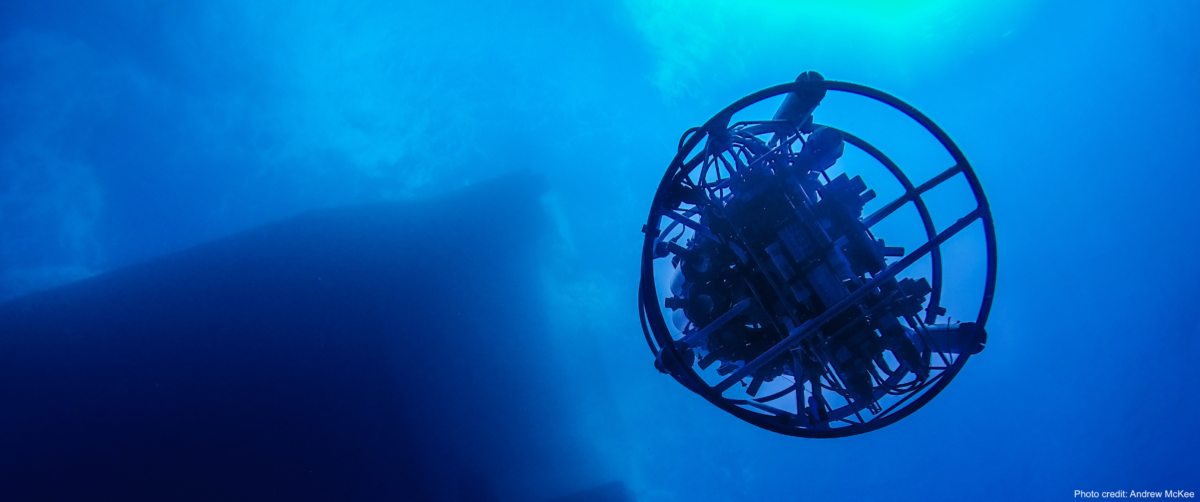Research overview
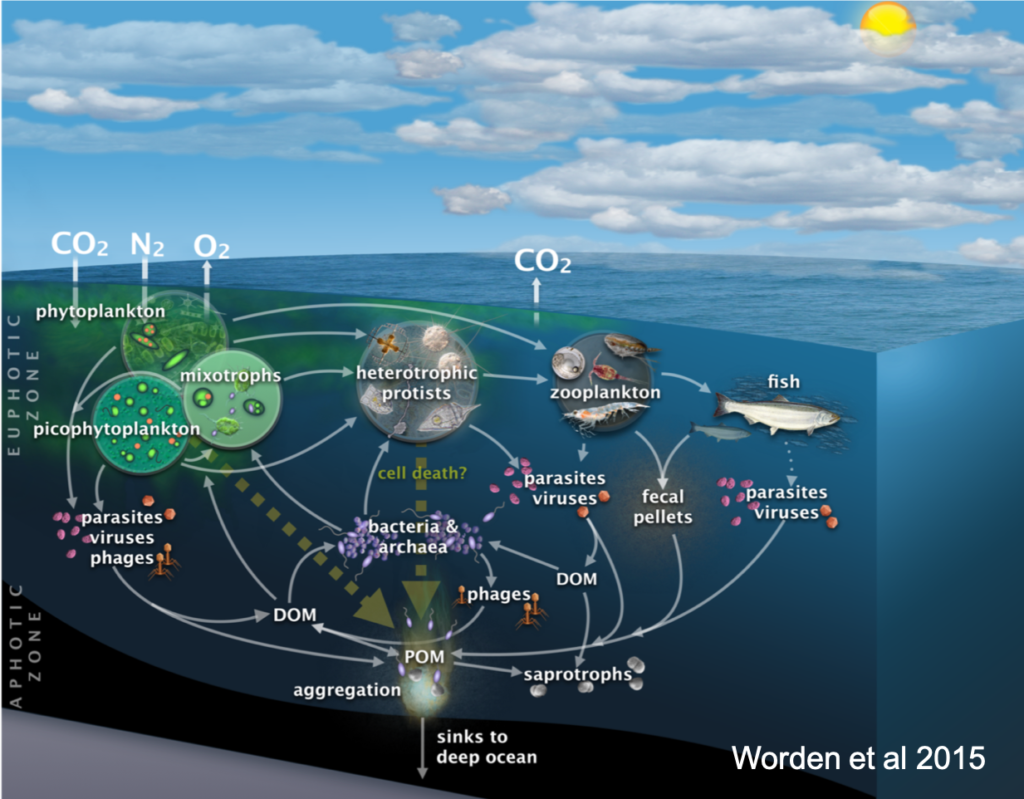
My broad research interest is understanding the interactions of marine microbes at different trophic levels and how environmental factors and anthropogenic activities influence microbial communities. My research group combines laboratory experiments and field studies to investigate the physiology, ecology, evolution, and biogeochemistry of marine microbes.
Current Projects
Algal viral ecology and genomics
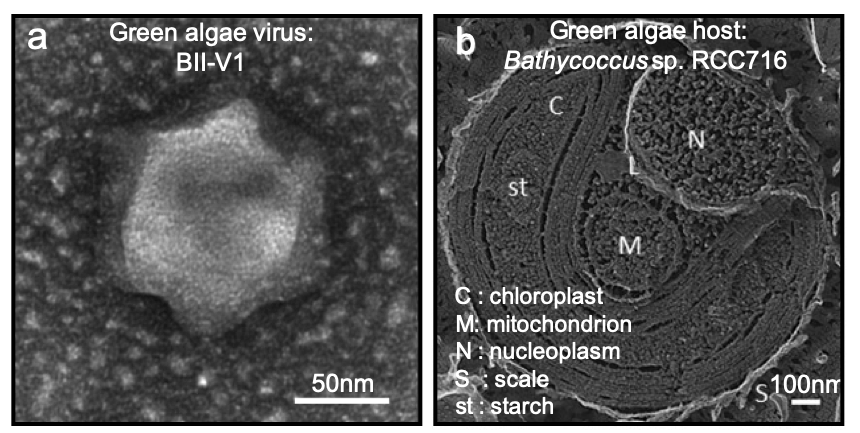
I am examining the interaction between green algae and their viruses. I study morphology, genomes, infection dynamics and global distribution of viruses that infect Mamiellophyceae hosts from Bathycoccus Clade BII. I used another Mamiellophyceae strain, Ostreococcus lucimarinus, and its viruses as a model system to study the interaction between the top-down and bottom-up effect on green algae populations.
Diatom-bacterium interactions
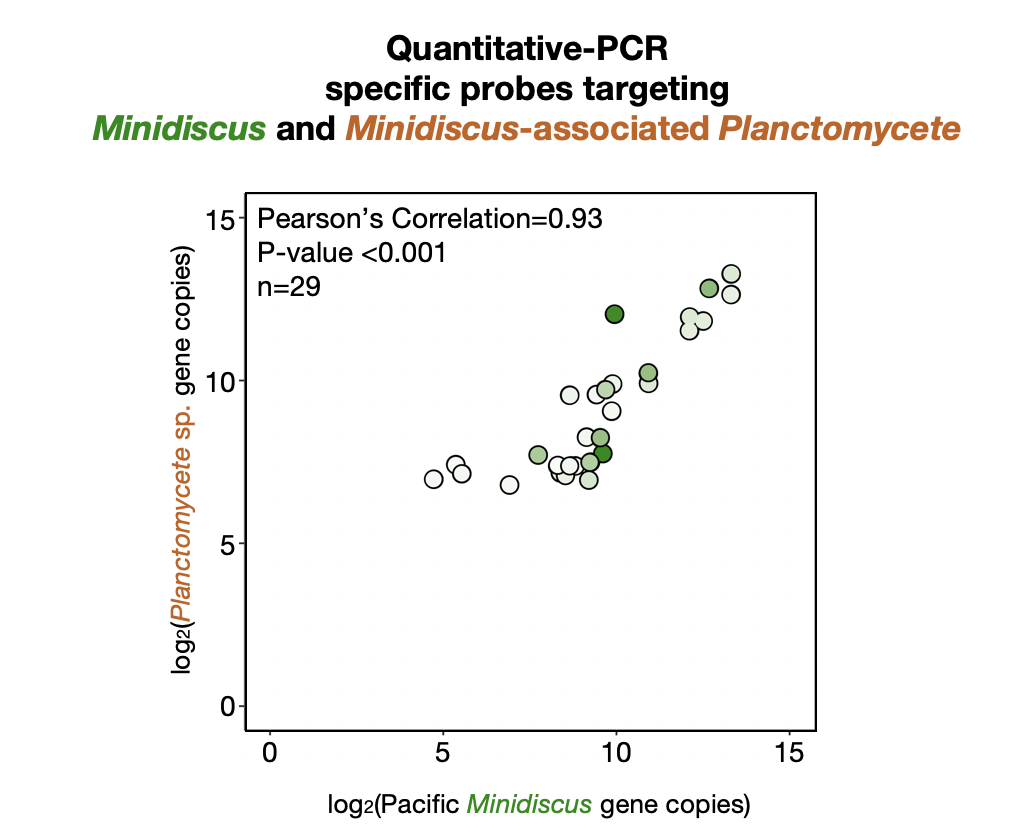
The co-occurrence of diatoms and bacteria over evolutionary time-scales appears to have dramatically influenced diatom gene content and physiology. Diatom-associated bacteria are thought to engage the host in a number of interactions, of both hostile and potentially mutualistic natures. Research to date has focused on individual cultured taxa or whole communities, and specific interactions between a diatom ‘host’ and its individual microbiome are difficult to discern in complex environmental systems. I use single-cell sorting coupled with genomic tools to identify bacteria that were physically-associated with diatoms. I examined diatom cells from a spring bloom in the northeastern Pacific Ocean. We found a highly divergent heterotrophic Planctomycete bacterium physically-associated with the diatom Minidiscus variabilis. Efforts are ongoing to characterize exchanges and consequences of the diatom-bacterium interaction.
Previous Projects
Fine-scale spatial microbial community studies
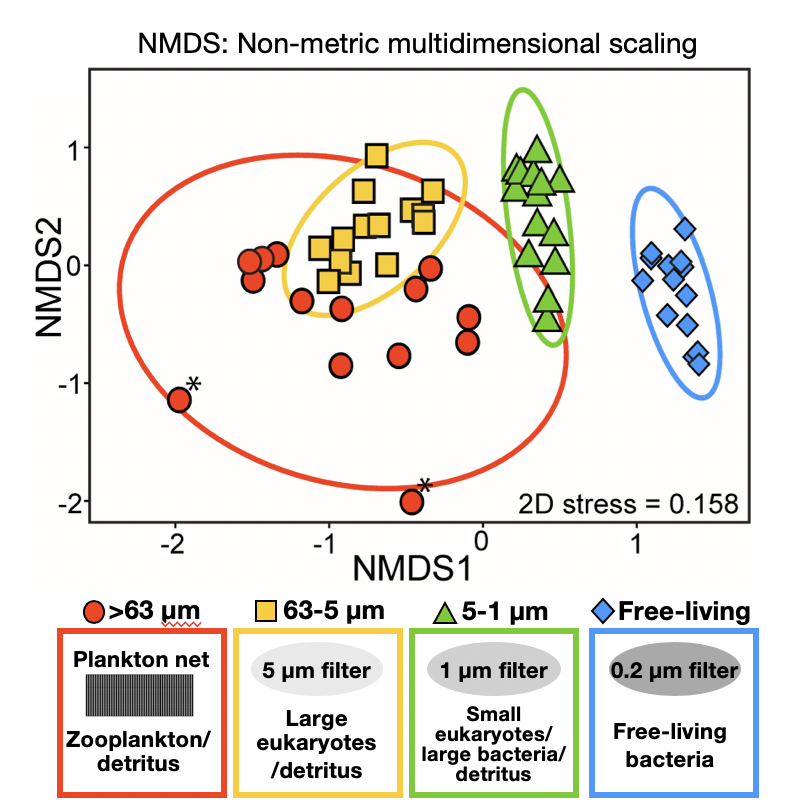
I investigated the temporal dynamics of particle-attached and free-living bacterial community in coastal sea waters and found that microhabitats exert a stronger forcing on microbial communities than environmental variability.
Potential mechanisms of thermal adaptation in marine bacteria
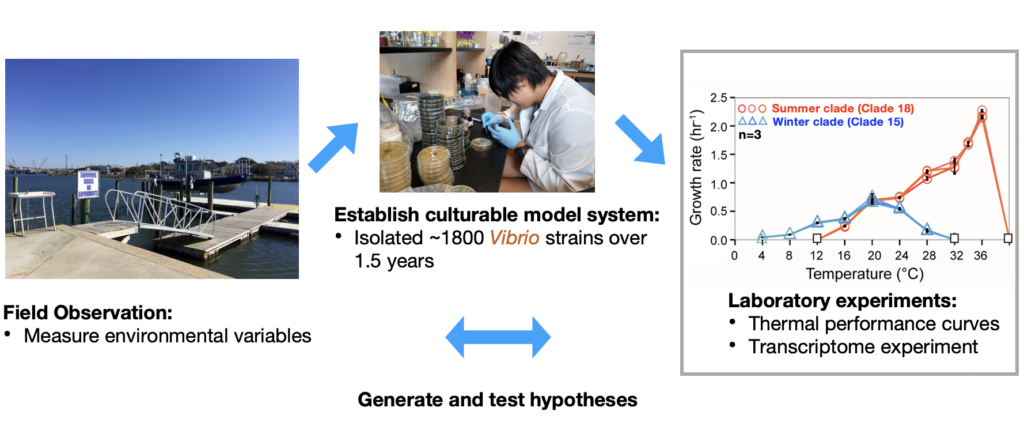
My early studies explored thermal adaptation in marine bacteria – Vibrios through a combination of strain-level population studies, growth rate experiments, genomics, transcriptomics, and fine-scale spatial community studies. I have found that closely-related vibrio strains observed under a range of temperature conditions exhibited thermal specialization at very fine-scale phylogenetic resolution. To follow up, I looked at how these closely-related strains regulate their genes to cope with different thermal stresses.
